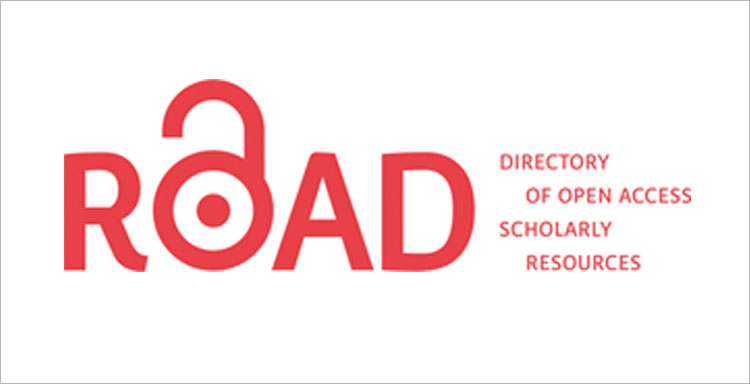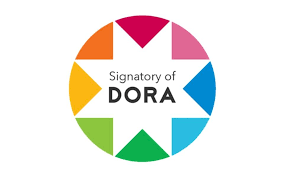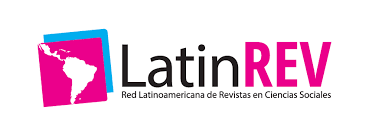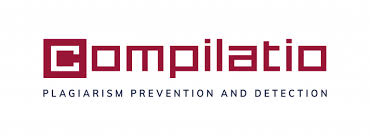Comunicación interna en una institución de educación superior: caso IST Huaquillas
DOI:
https://doi.org/10.56124/sapientiae.v7i15.009Palabras clave:
Comunicación interna, Coordinación de Carrera, EVA, Plataformas tecnológicas, Reglamentos.Resumen
Una buena Comunicación interna a nivel institucional es fundamental para lograr un trabajo eficiente y alcanzar objetivos institucionales. La Coordinación de Carrera de Redes y Telecomunicaciones ha emergido como un punto focal de esta investigación debido a la percepción de una carencia en lineamientos claros y estrategias comunicativas efectivas. La ausencia de una estructura definida ha dado lugar a malentendidos, falta de alineación en los objetivos y comunicación deficiente entre los miembros del equipo académico y administrativo. Por lo tanto, se planteó diagnosticar problemas de comunicación interna en el Instituto Superior Tecnológico Huaquillas aplicando técnicas de investigación idóneas proponiendo correctivos frente al problema detectado. Para realizar la investigación se adoptó un enfoque mixto, combinando encuestas y observaciones, siendo la población 65 miembros, englobando a estudiantes, docentes y personal administrativo. El uso de encuestas permitió analizar el conocimiento de plataformas tecnológicas, la frecuencia de su uso y la calidad de la comunicación con los docentes y se aplicó la observación continua durante un período de 16 semanas. La investigación dio como resultados que la mayoría de los estudiantes (93.8%) conocen las plataformas tecnológicas del ISTH. La plataforma EVA es ampliamente adoptada (69.2% frecuente), y los docentes responden a mensajes de WhatsApp en diferentes niveles (50.8% siempre), finalmente los encuestados mencionan las plataformas que se deben implementar (Instagram 32%, TikTok 31%).
La investigación destaca áreas de fortaleza, como la adopción de plataformas, pero señala la necesidad de mejorar la comunicación docente-estudiante y fortalecer la difusión de diversos reglamentos.
Descargas
Citas
Acosta, M. L., Ávila, M. (2019). Comunicación organizacional y clima laboral en Universidades Ecuatorianas. Revista Científica de Administración. 47. 67 – 82.
Ancín, I., Espinosa, J. (2017). La Relación entre la Comunicación Interna y el Clima Laboral: Estudio de caso de PYMES de la Ciudad de Guayaquil. PODIUM, 65 – 77. https://revistas.uees.edu.ec/index.php/Podium/article/view/79
Bravo, R. ( 2021). Comunicación efectiva a través de la virtualidad en la Formación Universitaria. Revista Dilemas Contemporáneos: Educación, Políticas y Valores, VIII(5), 2 -30. http://www.dilemascontemporaneoseducacionpoliticayvalores.com
Espinoza, L., & Padilla, M. (2018). La comunicación organizacional en la gestión del talento humano en la Universidad Estatal de Bolívar. Revista Comunicación, 37(2), 71-80.
Gómez, A., & Rodríguez, M. (2018). Comunicación Interna en Instituciones Educativas Superiores: Retos y Oportunidades Revista de Investigación Educativa, 35(2), 78-92.
Fernández, J., & López, C. (2017). Impacto de las Tecnologías de la Información en la Comunicación Académica: Un Estudio de Caso en una Universidad Tecnológica. Revista de Tecnología Educativa, 22(3), 110-130.
Martí A., Martínez R., Valcárcel N. (2018). La comunicación entre profesores y estudiantes universitarios durante el desarrollo del Proceso Docente Educativo. Revista Cubana de Educación Médica Superior, 32 (2).
Martínez, S., & Pérez, L. (2019). La Comunicación Docente-Estudiante en Entornos Virtuales de Aprendizaje: Un Análisis Crítico. Revista de Educación Digital, 15(1), 45-62.
Melgarejo D., Melgarejo I. (2022). El Wathsapp como herramienta educativa. Revisión sistemática. Revista Multidisciplinar Ciencia Latina, 339-359. https://doi.org/10.37811/cl_rcm.v6i4.2590.
Hernández, R., & Díaz, F. (2016). Redes Sociales y su Papel en la Comunicación Interna de Instituciones Académicas. Revista de Comunicación Digital, 8(4), 201-220.
Oyarvide, H. P., Reyes, E. F., & Montaño, M. R. (2017). La comunicación interna como herramienta indispensable de la administración de empresas. Dominio De Las Ciencias, 3(4), 296–309. https://doi.org/10.23857/dc.v3i4.687
Peña, I., Palacios, D., & Mendoza, G. (2020). La importancia de la Comunicación en el Rendimiento Investigativo de lo Estudiantes Universitarios. Journal Business Science, 63-72.
Tapia, A., Hernández, H., Rivera, P.(2022). ¿Comunicación responsable? El caso de una organización responsable. LiminaR, Estudios sociales y humanísticos. XX(2), 1 – 13. 2007-2027. https://doi.org/10.29043/liminarv.v20i2.913
Torres, M., & Vargas, P. (2015). Innovaciones Tecnológicas en la Comunicación Interna de Carreras Tecnológicas. Revista de Investigación en Tecnología Educativa , 12(4), 132-150. https://www.alfapublicaciones.com/index.php/alfapublicaciones/article/view/163
Ramírez, L., & Gutiérrez, A., (2017). Herramientas Digitales y su Contribución a la Socialización de Actividades Académicas: Un Enfoque Práctico. Revista de Innovación Educativa, 18(2), 56-78.

Publicado
Cómo citar
Número
Sección
Licencia
Derechos de autor 2024 Revista Científica Multidisciplinaria SAPIENTIAE. ISSN: 2600-6030

Esta obra está bajo una licencia internacional Creative Commons Atribución-NoComercial-CompartirIgual 4.0.

2.jpg)

















